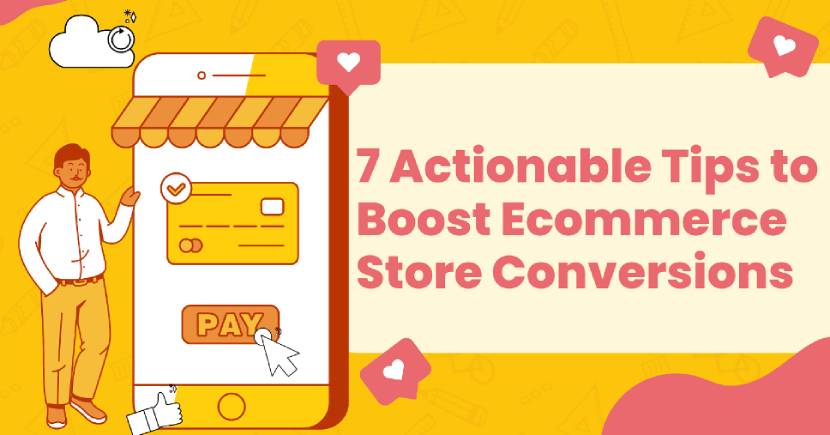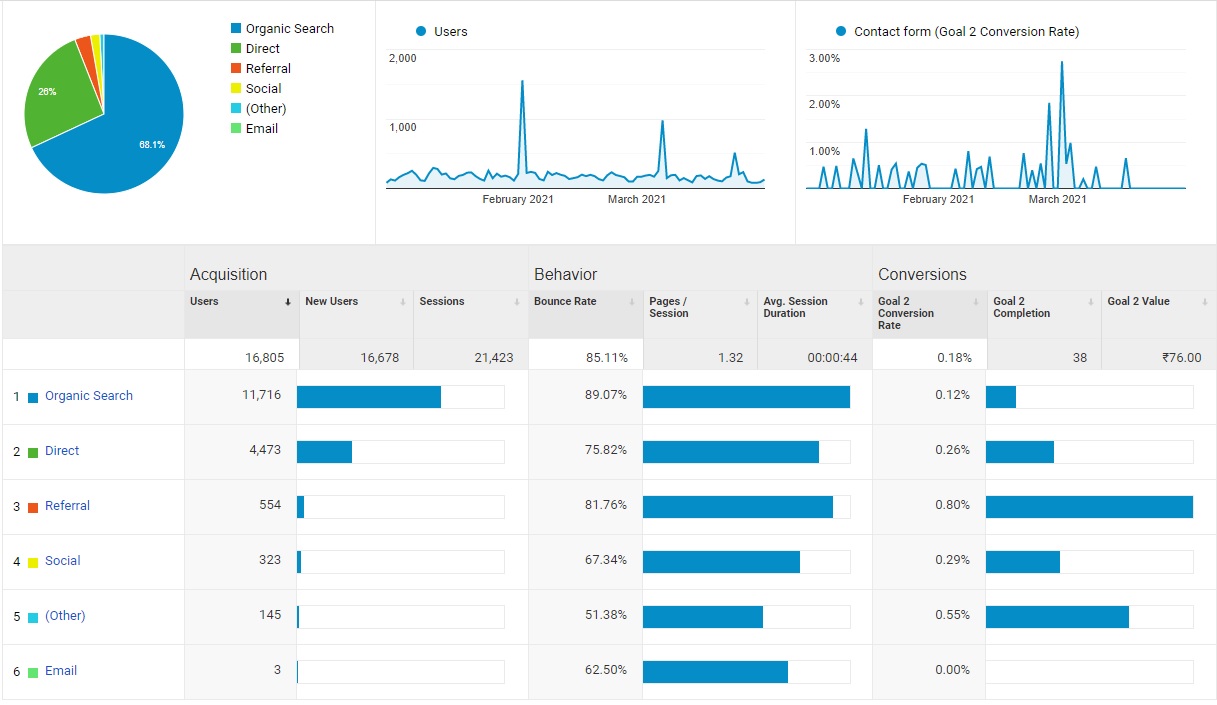Getting Started with Dropshipping: Understanding the Basics
Dropshipping is a popular e-commerce business model that allows entrepreneurs to sell products without holding any inventory. By partnering with a supplier, you can offer a wide range of products to your customers without having to worry about storage, packaging, or shipping. This approach has several benefits, including minimal upfront costs, reduced risk, and increased flexibility.
One of the main advantages of dropshipping is that it eliminates the need for a large upfront investment in inventory. This makes it an attractive option for those who want to start an online business without breaking the bank. Additionally, dropshipping allows you to focus on marketing and sales, rather than worrying about logistics and fulfillment.
So, how does dropshipping work? The process is relatively straightforward. You create an online store and add products from a supplier to your catalog. When a customer places an order, you forward the order and customer information to the supplier, who then ships the product directly to the customer. This way, you never have to hold any inventory, and the supplier handles all the logistics.
When it comes to finding suppliers, there are several options to consider. You can use online directories like SaleHoo or Worldwide Brands to find verified suppliers. Alternatively, you can attend trade shows or industry events to connect with potential suppliers in person. It’s essential to research and evaluates suppliers carefully to ensure they offer high-quality products and reliable shipping.
Another critical aspect of dropshipping is shipping. Since you’re not holding any inventory, you’ll need to rely on your supplier to ship products to your customers. Look for suppliers that offer fast and reliable shipping options, such as USPS, UPS, or FedEx. You should also consider offering free shipping or discounted rates to incentivize customers to make a purchase.
By understanding the basics of dropshipping, you can create a successful online store without breaking the bank. With minimal upfront costs and the ability to sell products without holding inventory, dropshipping is an attractive option for entrepreneurs who want to start an e-commerce business. By following these tips and finding reliable suppliers, you can build a profitable online store and start selling products today.
Choosing the Right Niche for Your Dropshipping Store
Selecting a profitable niche is crucial for the success of your dropshipping store. A niche is a specific area of interest or a particular type of product that appeals to a specific audience. Choosing the right niche can help you attract a dedicated customer base and increase your chances of success.
To find a profitable niche, you need to research popular products and trends. You can use online tools such as Google Trends, Amazon Best Sellers, and eBay to find out what products are in demand. You can also use social media platforms like Instagram and Facebook to see what products are being promoted and what products are popular among your target audience.
When selecting a niche, it’s essential to consider the level of competition and the demand for the products. You want to choose a niche that has a high demand but relatively low competition. This will make it easier for you to stand out and attract customers.
Another important factor to consider is the profitability of the niche. You want to choose a niche that has products with high profit margins, so you can make a decent profit from each sale. You can use tools like SaleHoo or Worldwide Brands to find suppliers that offer products with high profit margins.
Some popular niches for dropshipping stores include fashion, electronics, home goods, and outdoor gear. These niches are popular because they have a wide range of products that appeal to a broad audience. However, it’s essential to remember that these niches are also highly competitive, so you need to find a way to differentiate your store and stand out from the competition.
To differentiate your store, you can focus on a specific sub-niche within a broader niche. For example, if you’re interested in the fashion niche, you could focus on plus-size clothing or sustainable fashion. This will help you attract a dedicated customer base and stand out from the competition.
Ultimately, the key to success in dropshipping is to choose a niche that you’re passionate about and that has a high demand and low competition. By doing your research and selecting the right niche, you can create a profitable dropshipping store that attracts a dedicated customer base and drives sales.
Setting Up Your Online Store: A Step-by-Step Guide
Setting up an online store is a crucial step in creating a successful dropshipping business. Fortunately, there are many free platforms available that make it easy to set up an online store without breaking the bank. In this article, we will guide you through the process of setting up an online store using Shopify or WooCommerce.
Step 1: Choose a Domain Name
Your domain name is the address of your online store, and it’s essential to choose a name that is memorable and easy to spell. You can use a domain name registrar such as GoDaddy or Namecheap to register your domain name. Make sure to choose a name that is relevant to your niche and easy to remember.
Step 2: Select a Theme
Once you have registered your domain name, you need to select a theme for your online store. Shopify and WooCommerce offer a wide range of free themes that you can use to customize your store’s design. Choose a theme that is responsive, meaning it will adapt to different screen sizes and devices.
Step 3: Customize Your Store’s Design
After selecting a theme, you can customize your store’s design by adding your logo, changing the colors and fonts, and adding images and videos. Make sure to keep your design simple and easy to navigate, as this will improve the user experience and increase conversions.
Step 4: Set Up Payment and Shipping Options
To start selling products, you need to set up payment and shipping options. Shopify and WooCommerce offer a range of payment gateways, including PayPal, Stripe, and Square. You can also set up shipping options, including free shipping and flat rate shipping.
Step 5: Add Products to Your Store
Once you have set up your online store, you can start adding products to your catalog. You can add products manually or import them from a supplier. Make sure to include high-quality product images and detailed product descriptions to improve conversions.
By following these steps, you can set up a professional-looking online store without breaking the bank. Shopify and WooCommerce offer a range of free tools and resources to help you get started, and you can start selling products and making money in no time.
Remember, setting up an online store is just the first step in creating a successful dropshipping business. You need to continually monitor and optimize your store’s performance to improve conversions and increase sales.
Finding Reliable Suppliers for Your Dropshipping Store
Finding reliable suppliers is a crucial step in building a successful dropshipping store. A good supplier can provide you with high-quality products, reliable shipping, and excellent customer service. On the other hand, a bad supplier can lead to delayed shipments, poor product quality, and unhappy customers.
To find reliable suppliers, you need to research and evaluate potential suppliers carefully. Here are some tips to help you find the right suppliers for your dropshipping store:
1. Research online directories: You can use online directories such as SaleHoo, Worldwide Brands, or AliExpress to find potential suppliers. These directories provide a list of verified suppliers that you can contact and evaluate.
2. Check for reviews and ratings: Look for reviews and ratings from other customers who have worked with the supplier. This will give you an idea of the supplier’s reputation and reliability.
3. Evaluate product quality: Check the quality of the products offered by the supplier. Make sure they are high-quality and meet your standards.
4. Check shipping options: Evaluate the shipping options offered by the supplier. Make sure they offer reliable and fast shipping options that meet your needs.
5. Establish relationships: Once you have found a potential supplier, establish a relationship with them. Contact them and ask questions about their products, shipping options, and customer service.
Some popular suppliers for dropshipping stores include Oberlo, AliExpress, and Doba. These suppliers offer a wide range of products, reliable shipping, and excellent customer service.
When evaluating suppliers, make sure to ask the right questions. Here are some questions to ask:
1. What is your product return policy?
2. What is your shipping policy?
3. How do you handle customer service?
4. What is your product quality control process?
5. Can you provide product samples?
By asking the right questions and evaluating potential suppliers carefully, you can find reliable suppliers for your dropshipping store. Remember, a good supplier is essential to building a successful dropshipping business.
Adding Products to Your Store: A Beginner’s Guide
Adding products to your online store is a crucial step in creating a successful dropshipping business. In this article, we will guide you through the process of adding products to your store, including how to create product listings, set prices, and configure shipping options.
Step 1: Choose a Product
The first step in adding products to your store is to choose a product that you want to sell. You can use online directories such as SaleHoo or Worldwide Brands to find potential products. Make sure to choose a product that is in demand and has a low competition.
Step 2: Create a Product Listing
Once you have chosen a product, you need to create a product listing. A product listing includes the product title, description, price, and images. Make sure to include high-quality images and a detailed description of the product.
Step 3: Set Prices
Setting prices is a crucial step in adding products to your store. You need to set prices that are competitive with other sellers and profitable for your business. Make sure to research your competition and set prices that are slightly lower than theirs.
Step 4: Configure Shipping Options
Configuring shipping options is an important step in adding products to your store. You need to set up shipping options that are reliable and fast. Make sure to research different shipping options and choose the one that best fits your business needs.
Some popular shipping options for dropshipping stores include USPS, UPS, and FedEx. These shipping options offer fast and reliable shipping, and they are widely used by online sellers.
Step 5: Add Product Variants
Adding product variants is an optional step in adding products to your store. Product variants include different sizes, colors, and styles of a product. Make sure to add product variants that are relevant to your business and profitable.
By following these steps, you can add products to your online store and start selling them to customers. Remember to always research your competition and set prices that are competitive and profitable.
Additionally, you can use tools like Oberlo or AliExpress to import products from suppliers and add them to your store. These tools make it easy to add products to your store and start selling them quickly.
Marketing Your Store: Free Strategies to Drive Traffic and Sales
Marketing your dropshipping store is crucial to driving traffic and sales. In this article, we will discuss free marketing strategies that you can use to promote your store and attract customers.
Social Media Marketing
Social media marketing is a powerful way to promote your store and reach a large audience. Create social media accounts on platforms like Facebook, Instagram, and Twitter, and post high-quality content that showcases your products. Use hashtags to increase the visibility of your posts and engage with your followers by responding to comments and messages.
Content Marketing
Content marketing is another effective way to promote your store and attract customers. Create high-quality content like blog posts, videos, and infographics that provide value to your customers. Share your content on social media and other online platforms to reach a wider audience.
Email Marketing
Email marketing is a great way to promote your store and stay in touch with your customers. Create an email list and send regular newsletters to your subscribers with updates on new products, promotions, and discounts. Use email marketing software like Mailchimp or Constant Contact to create and send professional-looking emails.
Influencer Marketing
Influencer marketing is a powerful way to promote your store and reach a large audience. Partner with influencers in your niche who have a large following and can promote your products to their audience. Use influencer marketing platforms like AspireIQ or Upfluence to find and partner with influencers.
Search Engine Optimization (SEO)
SEO is a crucial aspect of marketing your store and attracting organic traffic. Optimize your store’s website and product pages for search engines like Google and Bing. Use keywords relevant to your products and niche to increase your store’s visibility in search engine results.
By using these free marketing strategies, you can promote your dropshipping store and attract customers without breaking the bank. Remember to always track your results and adjust your marketing strategies accordingly to optimize your store’s performance.
Optimizing Your Store for Conversions: Tips and Tricks
Optimizing your online store for conversions is crucial to increasing sales and revenue. In this article, we will provide tips and tricks on how to optimize your store for conversions, including how to improve product listings, streamline the checkout process, and reduce cart abandonment rates.
Improve Product Listings
Product listings are a critical component of your online store. To improve product listings, use high-quality product images, write detailed and compelling product descriptions, and include customer reviews and ratings. This will help to build trust with your customers and increase the chances of them making a purchase.
Streamline the Checkout Process
The checkout process is a critical step in the buying process. To streamline the checkout process, reduce the number of steps required to complete a purchase, use a secure payment gateway, and offer guest checkout options. This will help to reduce cart abandonment rates and increase conversions.
Reduce Cart Abandonment Rates
Cart abandonment rates are a common problem for online stores. To reduce cart abandonment rates, use cart abandonment email campaigns, offer free shipping and returns, and use a secure payment gateway. This will help to build trust with your customers and increase the chances of them completing a purchase.
Use Conversion Rate Optimization (CRO) Tools
CRO tools are designed to help you optimize your store for conversions. Use tools like Google Analytics, Hotjar, and Crazy Egg to track your store’s performance, identify areas for improvement, and make data-driven decisions. This will help to increase conversions and revenue.
Optimize for Mobile
Mobile optimization is critical for online stores. To optimize for mobile, use a responsive design, simplify the checkout process, and use mobile-friendly payment gateways. This will help to increase conversions and revenue from mobile devices.
By following these tips and tricks, you can optimize your online store for conversions and increase sales and revenue. Remember to always track your results and adjust your optimization strategies accordingly to optimize your store’s performance.
Monitoring and Analyzing Performance: Key Metrics to Track
Monitoring and analyzing your store’s performance is crucial to understanding its strengths and weaknesses. By tracking key metrics, you can identify areas for improvement and make data-driven decisions to optimize your store’s performance.
Website Traffic
Website traffic is a critical metric to track. It measures the number of visitors to your store and can help you understand the effectiveness of your marketing efforts. Use tools like Google Analytics to track website traffic and analyze trends.
Conversion Rates
Conversion rates measure the percentage of visitors who complete a purchase. This metric can help you understand the effectiveness of your product listings, pricing, and checkout process. Use tools like Google Analytics to track conversion rates and analyze trends.
Customer Satisfaction
Customer satisfaction is a critical metric to track. It measures the level of satisfaction customers have with their purchases and can help you understand the effectiveness of your customer service. Use tools like survey software to track customer satisfaction and analyze trends.
Revenue and Profit
Revenue and profit are critical metrics to track. They measure the financial performance of your store and can help you understand the effectiveness of your pricing and marketing efforts. Use tools like accounting software to track revenue and profit and analyze trends.
Return on Investment (ROI)
ROI measures the return on investment of your marketing efforts. It can help you understand the effectiveness of your marketing campaigns and make data-driven decisions to optimize your marketing efforts. Use tools like Google Analytics to track ROI and analyze trends.
By tracking these key metrics, you can gain a deeper understanding of your store’s performance and make data-driven decisions to optimize its performance. Remember to always track your results and adjust your strategies accordingly to optimize your store’s performance.







